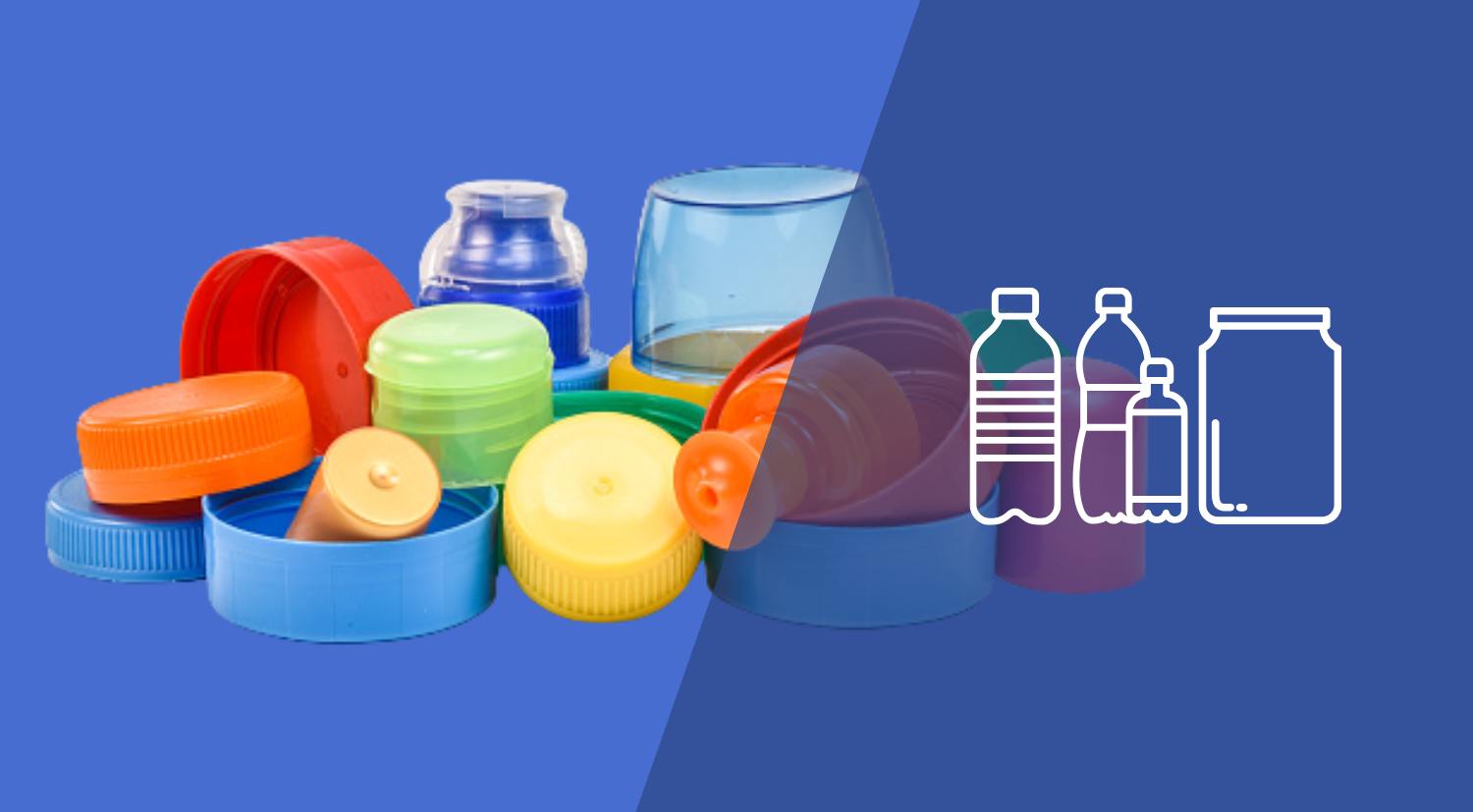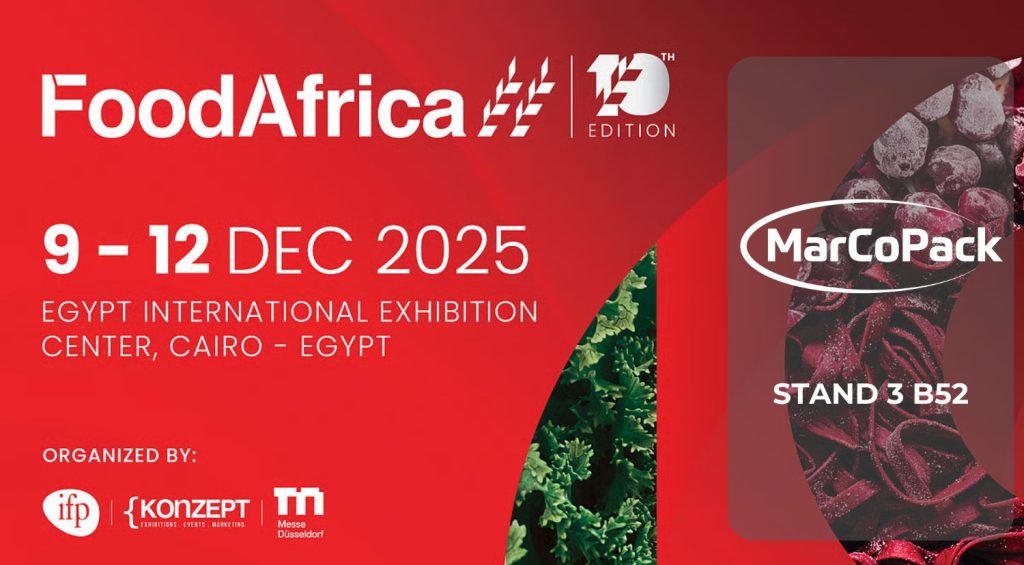Do you want to know the filling and labeling requirements for cosmetic products destined for the EU? We present a basic technical guide for manufacturers.
We analyze the characteristics of the different types of capping machines used in food and beverage packaging.
In the food and beverage industry, the capping process is essential to preserve the quality, freshness and safety of the products. There are several types of capping machines on the market, each with specific features and functionalities.
In this article, we will explore the most common types of closures and the characteristics they must meet to ensure quality and food safety.
Capping machines by type of cap according to the type of food container
The container used to market the product will determine the type of stopper or cap to be used in its capping. These are the most common:
1- Crown corking machines
Crown capping machines are widely used in the brewing and carbonated beverage industry. These machines apply crown caps by pressure and screw-on sealing. Their robust design and high capping speed make them ideal for high-volume production lines.
It is essential that these cappers ensure a tight and secure seal to maintain carbonation and product quality.
2- Screw capping machines
Screw capping machines are common in the food industry, especially for packaging products such as sauces, oils, preserves and non-carbonated beverages. These machines apply screw caps accurately and ensure a proper seal to protect products from contamination and oxidation.
Screw cappers must offer precise torque adjustment to avoid over-tightening or under-sealing.
3- Cork stopper corkers
These are the corking machines used in the corking of wines and alcoholic beverages. These machines perform the corking by inserting natural or synthetic corks into the bottles, ensuring an airtight seal and allowing the proper aging of the wine.
Cork corkers must have a height and alignment control system to ensure accurate corking and prevent air leakage.
3- Types of pressure capping machines
Pressure cappers apply the caps with controlled pressure, ensuring a tight and secure seal.
At MarCoPack we install two mechanisms in our capping machines for pressure capping: the motorized rotary system and the pneumatic system. Let’s see how they work and how they differ:
Pressure capping machines with motorized rotary system
They work by compressing the cap against the opening of the container, exerting the necessary pressure to achieve a perfect seal, which has the following advantages:
- Precision and control: These machines allow adjustment of the pressure applied during capping, which ensures a uniform seal and avoids damage to the container.
- Speed and efficiency: The motorized rotary system allows for fast and efficient capping, suitable for high throughput production lines.
- Adaptability: These cappers can be adapted to different container sizes and shapes, making them versatile for a wide range of applications.
Pressure capping machines with pneumatic system
Pneumatic pressure cappers use compressed air to apply the caps. This pneumatic system generates the necessary pressure to achieve an airtight seal. Some outstanding features of these capping machines are:
- Versatility: The pneumatic system allows a wide range of pressure settings, making them suitable for different types of closures and containers.
- Safe and gentle: These cappers apply controlled and gentle pressure, which minimizes the risk of damaging the container or cap during the capping process.
- Easy maintenance: The pneumatic system is easy to maintain and clean, making it easy to comply with hygiene protocols and prevent contamination.
It is important to point out that both the pressure cappers with motorized rotary system and those using a pneumatic system can be adapted to different types of closures, such as crown, screw or cork stoppers, according to the specific needs of each food product.
Capping machines that preserve quality and food safety
When choosing a capper for food containers, it is essential to consider certain features that ensure the quality and food safety of the products:
- Hygiene: Capping machines should be made of food grade materials and be easy to clean and disinfect. Smooth, accessible surfaces facilitate waste disposal and prevent cross-contamination.
- Accuracy: Cappers must provide accurate and consistent dosing of the cap, avoiding waste or improper sealing. Adjustment of application force and torque is crucial to ensure a secure seal and avoid damage to the container.
- Speed and efficiency: In food and beverage production lines, speed and efficiency are key. Capping machines must be able to adapt to the required speed without compromising capping quality.
- Safety: Capping machines must comply with safety standards, including faulty cap detection systems, accident prevention guards and integrated quality controls.
In conclusion, food and beverage packaging requires a specific process for the capping of containers that guarantees quality and food safety according to the type of container and the characteristics of the product.
If you are looking for an efficient and safe automatic capping solution, we invite you to contact MarCoPack, specialist in manufacturing machinery for the food industry, where we will help you design the best solution for your products,contact us!

Jose Martinez
Technical Office Manager MARCOPACK





